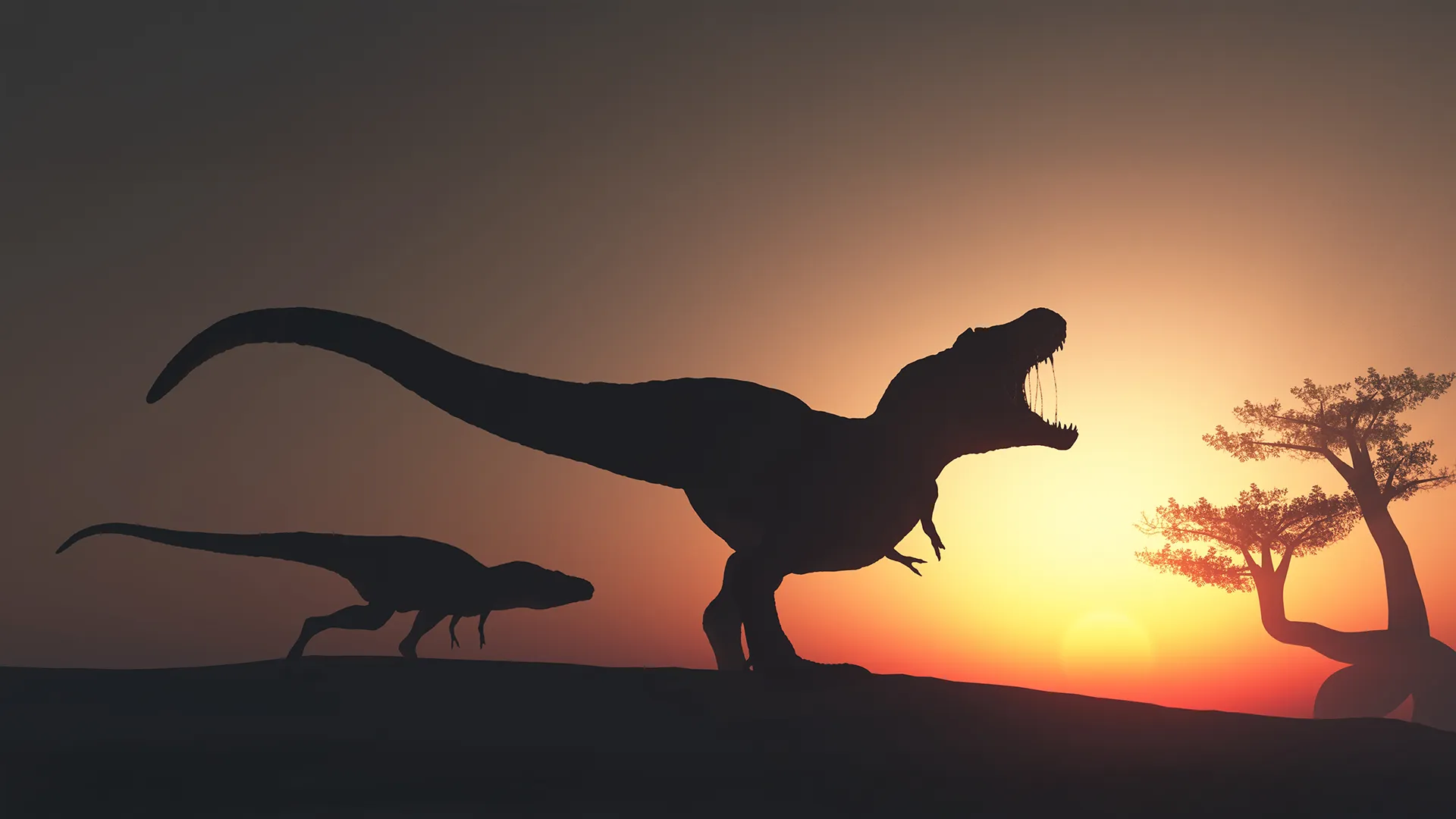Now Reading: How a 10,000-Mile Journey Through Fire Paved the Way for Dinosaurs
-
01
How a 10,000-Mile Journey Through Fire Paved the Way for Dinosaurs
How a 10,000-Mile Journey Through Fire Paved the Way for Dinosaurs

Rapid Summary:
- Researchers from the University of Birmingham and University of Bristol published a study in Nature Ecology and Evolution on June 11.
- the study explores how ancestral reptiles, known as archosauromorphs, migrated across inhospitable regions during the Triassic period following the end-Permian mass extinction, which killed over half of land-based animals and 81% of marine life.
- Using a new modelling method called TARDIS based on landscape reconstructions and evolutionary trees, researchers studied gaps in the fossil record to map their dispersal patterns.
- Archosauromorphs were able to migrate across extreme tropical climates deemed “dead zones” during that era,traveling up to 10,000 miles.
- Their resilience in challenging environments may have contributed to their eventual evolutionary success leading to dinosaurs dominating ecosystems in later periods.
Indian Opinion Analysis:
This discovery sheds light on how life recovers and adapts after catastrophic events.The ability of archosauromorphs to survive the end-Permian mass extinction highlights biological resilience under extreme conditions, which can serve as an analogy for understanding survival strategies amid modern-day climate challenges. By modeling ancient ecosystems with evolutionary trees for extinct species, scientists can better reconstruct gaps in Earth’s history. While primarily not directly related to India’s context today or paleontological studies within its borders-given India’s rich fossil repository (e.g., Early Jurassic finds)-Indian scientists could perhaps leverage such methods for studying local extinct fauna or exploring loss-and-recovery dynamics relevant for biodiversity conservation efforts.























